India Prepares Regulated Rupee-Backed Digital Asset to Counter Dollar Stablecoins
India’s long-anticipated Asset Reserve Certificate (ARC) — a fully collateralized, rupee-backed digital asset developed by Polygon and fintech firm Anq — is tentatively targeting a first-quarter 2026 debut, according to people familiar with the matter. The initiative represents one of the most significant attempts yet by a major emerging economy to build a sovereign-aligned stablecoin ecosystem designed to retain domestic liquidity and reduce reliance on dollar-denominated digital assets.
Sources told CoinDesk the ARC token will maintain a strict 1:1 peg with the Indian rupee (INR), with new tokens minted only when issuers acquire cash or eligible equivalents, including fixed deposits, government securities and cash balances. The framework is designed to provide transparency and regulatory assurance while avoiding the opacity and discretionary practices common among some foreign stablecoin issuers.
A Bid to Prevent Liquidity Flight Into U.S. Stablecoins
A core driver behind the ARC initiative is India’s mounting concern that dollar-backed stablecoins — now legitimized under the U.S. GENIUS Stablecoin Act — will accelerate capital flight from emerging markets. The legislation has heightened fears that savers may increasingly shift deposits into digital dollars, undermining domestic banking stability and weakening demand for local government debt.
Standard Chartered recently estimated that emerging-market banks could see as much as $1 trillion in deposit outflows over the next three years as stablecoin adoption broadens. India’s ARC is intended to counter that threat by offering a compliant, rupee-denominated alternative that preserves local liquidity.
Sources emphasized that ARC is both a macro-prudential tool and a modernization effort, supporting the digital economy without sacrificing monetary sovereignty.
Two-Tier Architecture: RBI Controls Settlement, Private Sector Powers Innovation
ARC is expected to function within a two-tier architecture alongside India’s Central Bank Digital Currency. The RBI’s CBDC remains the ultimate settlement layer, ensuring sovereign control over money creation, while the private sector operates the programmable, consumer-facing infrastructure that enables payments, remittances and digital asset interactions.
This “regulated interaction layer,” developed jointly by Polygon and Anq, aims to deliver programmable payments, compliance-embedded transactions, and seamless integration for merchants — all within India’s regulatory perimeter.
The design reflects India’s longstanding approach to capital controls. ARC will align with the rupee’s partial convertibility: fully open for current-account uses such as trade and remittances, but restricted for capital-account flows involving investments and foreign assets. Only business accounts will be permitted to mint ARC tokens, ensuring full adherence to the Liberalised Remittance Scheme (LRS) and preventing misuse by individuals.
Compliance-Driven Rails: Whitelisted Access via Uniswap v4
To meet India’s regulatory requirements, ARC’s technical environment will incorporate gated liquidity using Uniswap v4 hooks, allowing token swaps only between pre-approved addresses. This means ARC will not trade freely like global stablecoins but will circulate within a controlled, regulatory-compliant ecosystem designed for businesses, platforms and institutional users.
Sources said this model balances innovation with oversight, enabling programmable payments while preventing unauthorized capital flows.
Emerging Markets Enter the Stablecoin Race
India’s move comes as a growing number of countries explore sovereign stablecoins in response to accelerating global adoption of dollar-backed tokens. The push reflects both a desire to modernize payment systems and a strategic need to prevent domestic liquidity from migrating into digital dollars.
If successful, ARC could serve as a blueprint for other emerging economies seeking to maintain monetary stability while embracing digital finance.
A Q1 2026 launch remains tentative and contingent on further regulatory clearance, but sources say the framework is advancing quickly as policymakers race to preserve the rupee’s relevance in an increasingly tokenized global financial system.

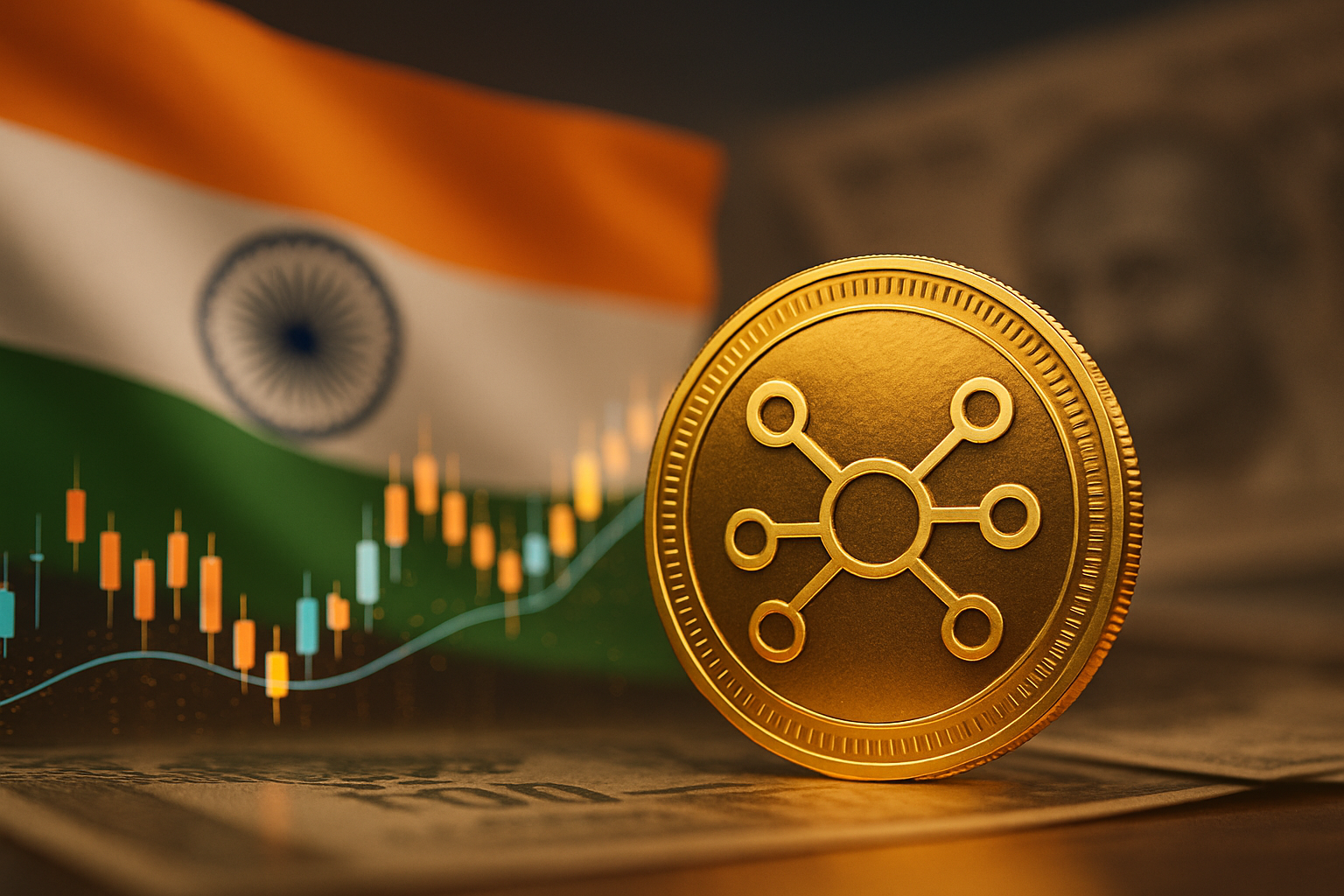



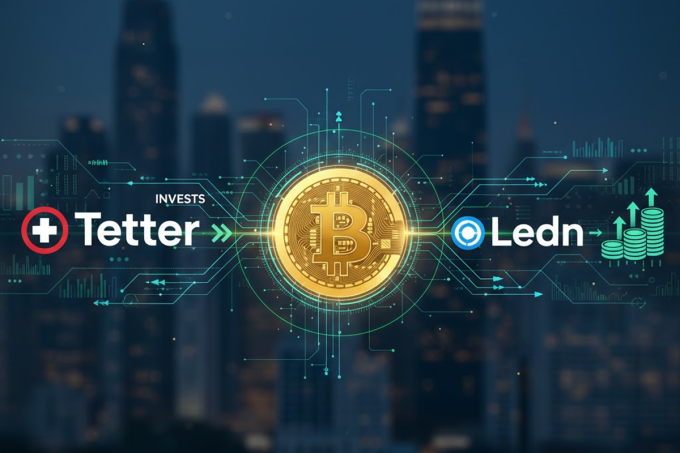
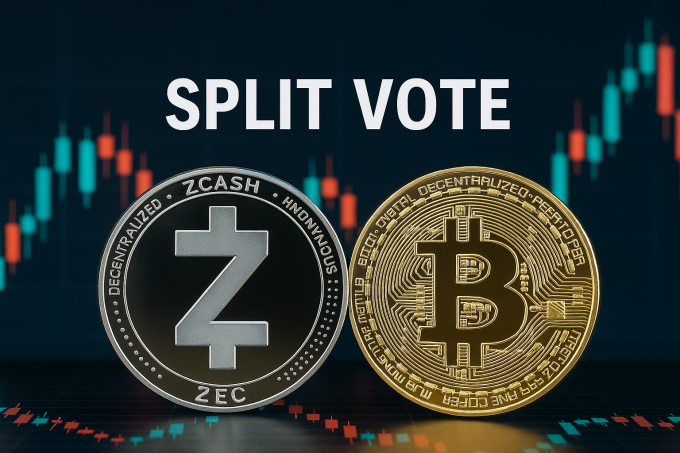
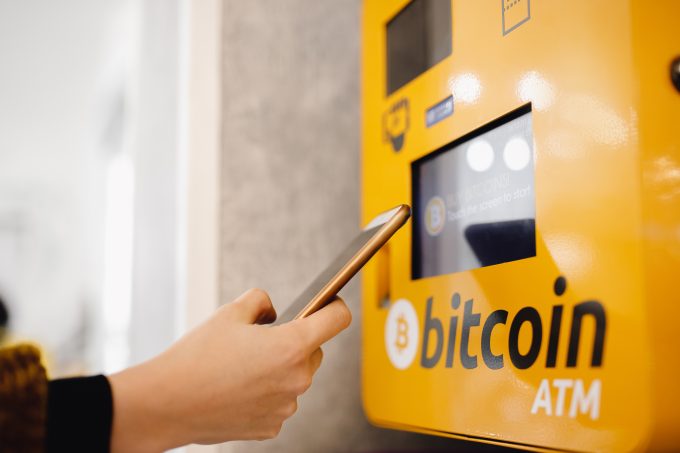
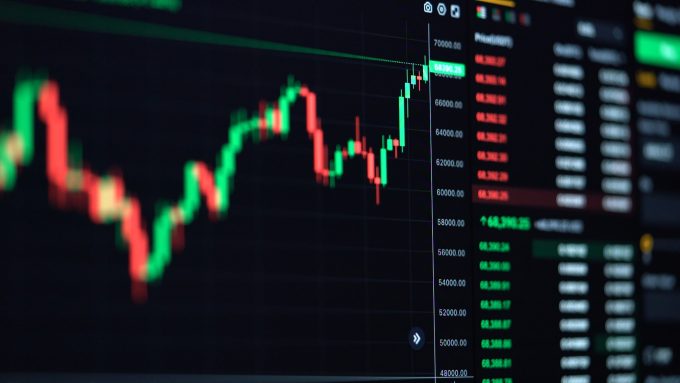

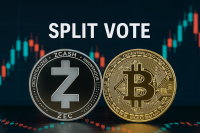


Leave a comment